Shaken, not stilled: Why the no-IBIS Fujifilm GFX 100RF controversy proves you’ve all been spoiled
The IBIS controversy: Have we forgotten how to shoot without it?
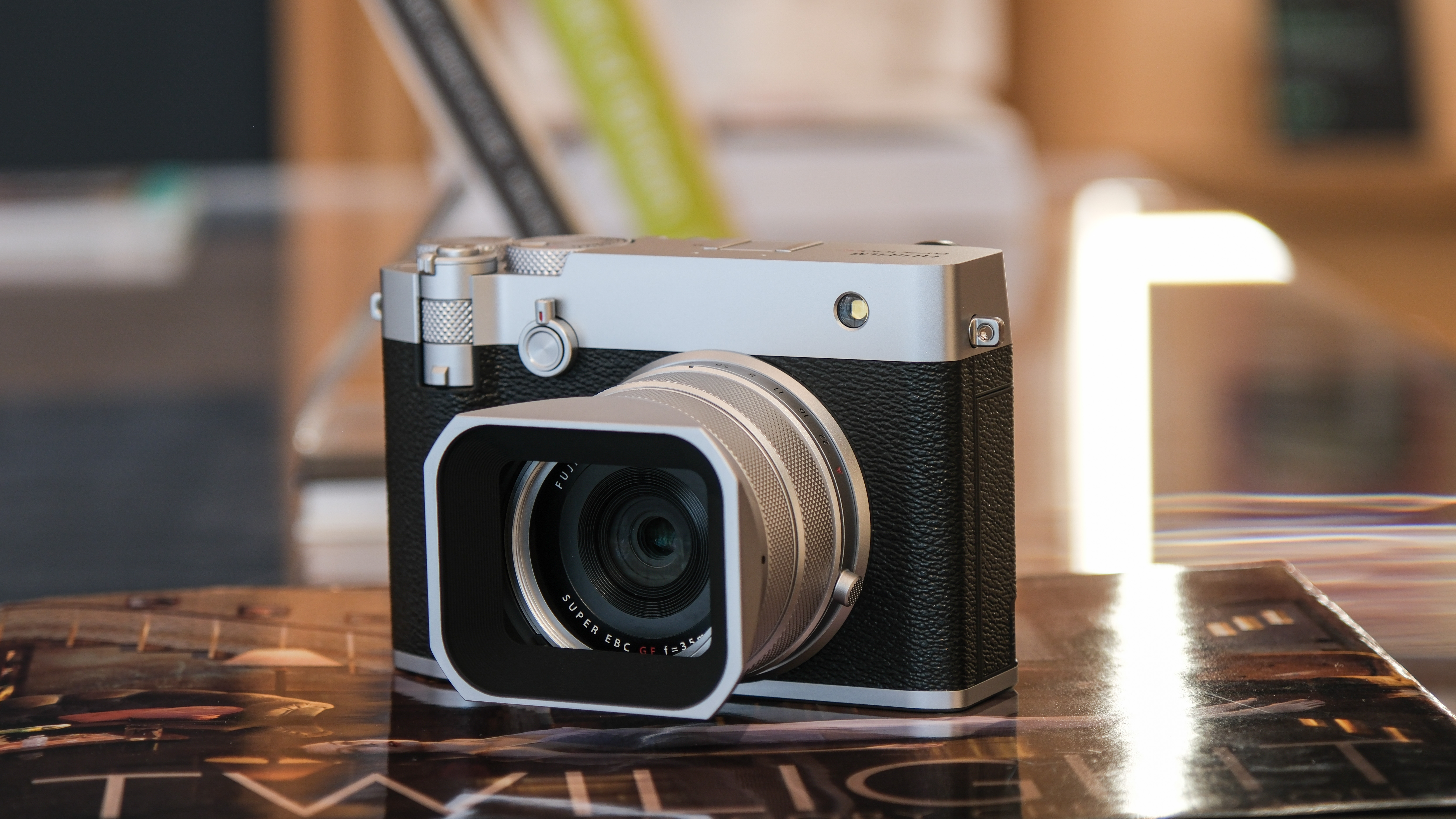
In-body image stabilization (IBIS) is one of those technological advancements that, while useful, has inadvertently made many photographers lazy. For those unfamiliar, IBIS compensates for small movements and shakes by stabilizing the image sensor, enabling sharper images at slower shutter speeds.
This feature has been hailed as a game-changer, particularly for handheld shooting in low-light conditions. Yet, when Fujifilm launched the new Fujifilm GFX 100RF without IBIS, the internet erupted with outrage, as if a camera without stabilization was suddenly unfit for professional use.
This reaction exposes a troubling trend: an overreliance on technology rather than technique.
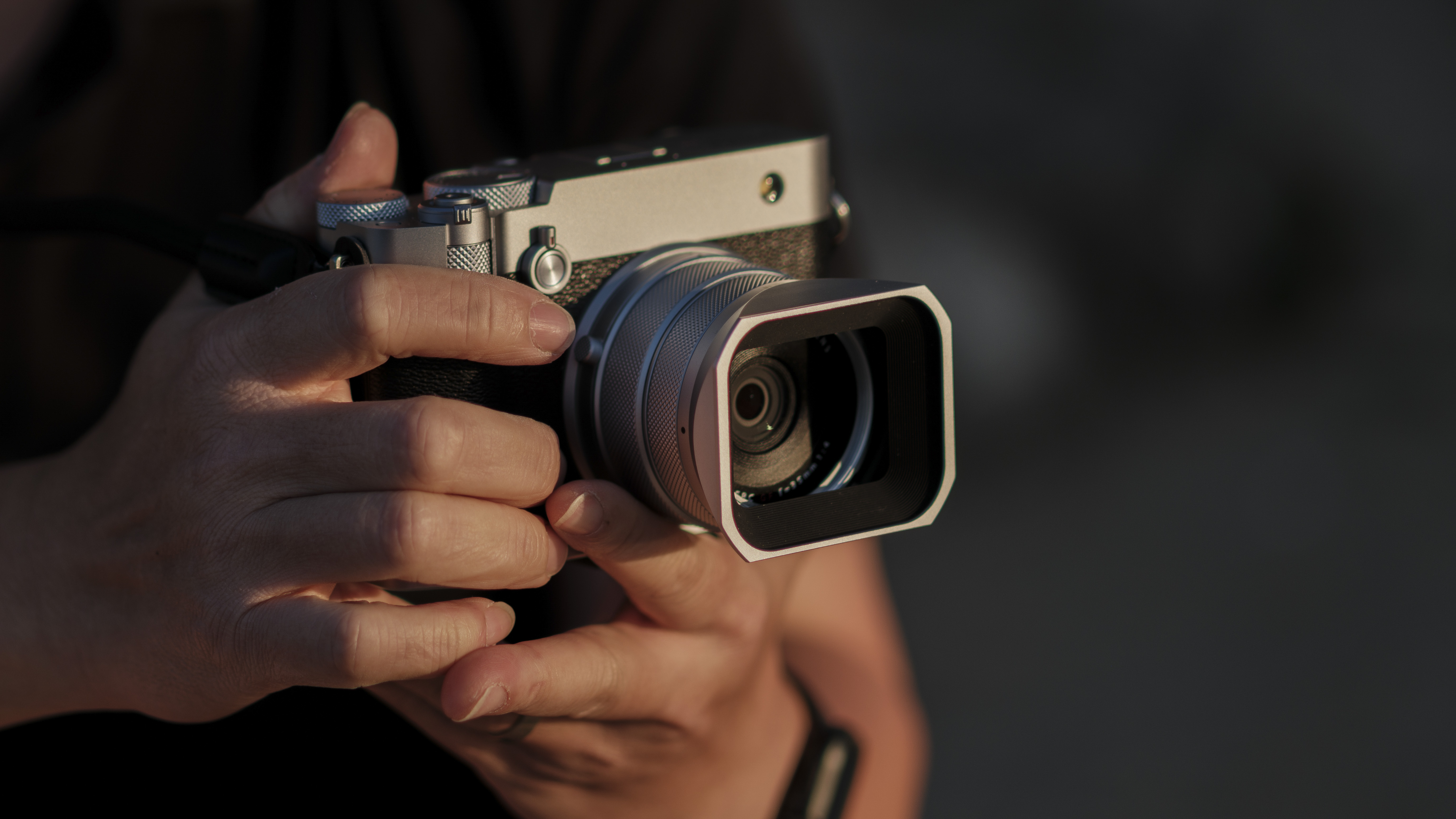
Having spent over 20 years as a professional photographer, I have never used IBIS, nor have I felt limited by its absence. Before IBIS existed, photographers learned proper hand-holding techniques, used tripods when necessary, and understood how to balance shutter speed with ISO and aperture to get the shot.
These foundational skills are now often overlooked, because modern technology does the work instead. If IBIS is taken away, many photographers today would struggle to achieve sharp images – not because the tool is missing, but because they never truly learned to shoot without it.
The uproar surrounding the GFX 100RF’s lack of IBIS highlights how expectations have shifted. Camera manufacturers have conditioned users to believe that every new model must come with stabilization as if it is an essential feature rather than a luxury.
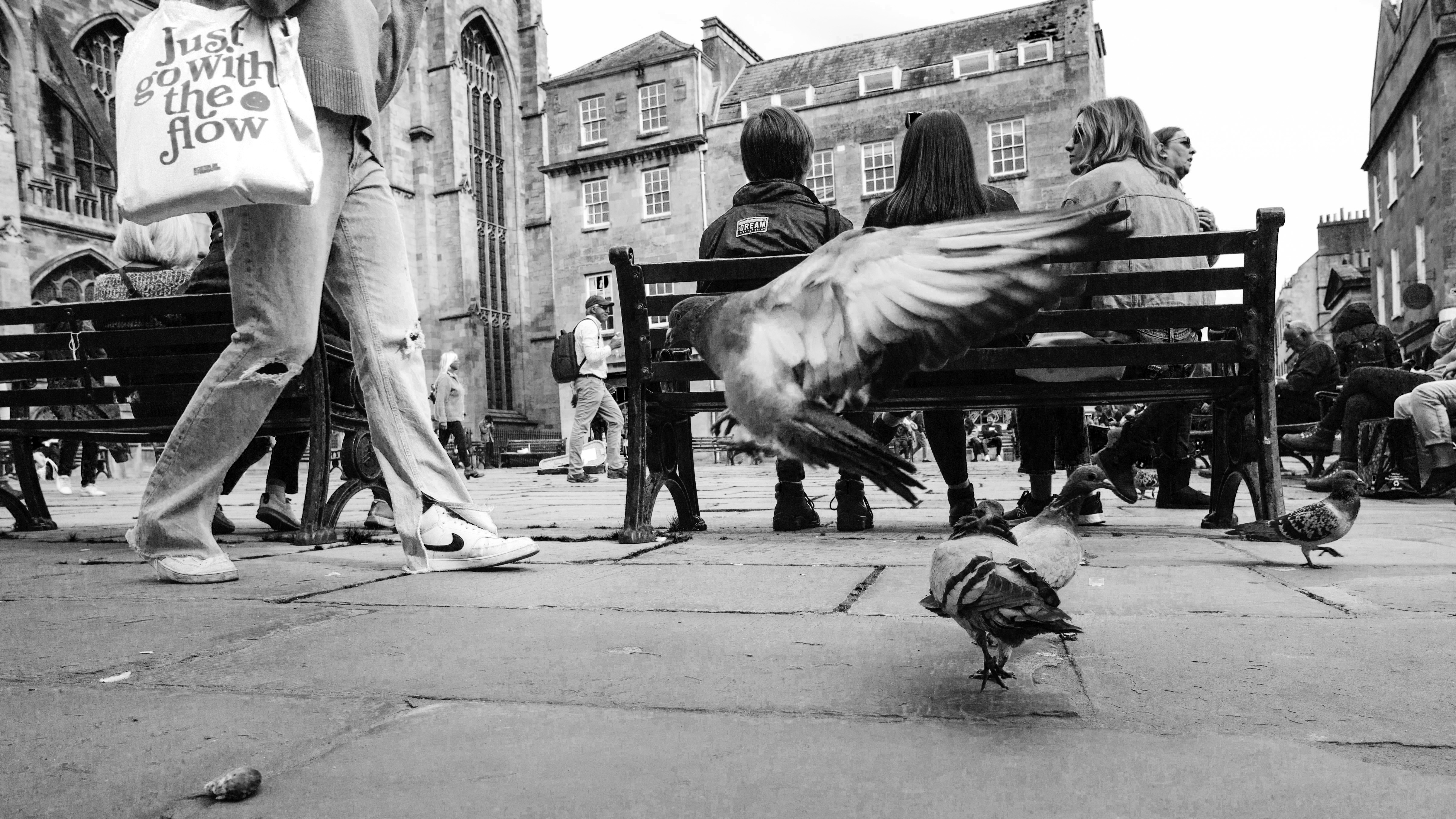
Certainly, IBIS can be beneficial – it helps in some situations, particularly video work or extreme telephoto shooting – but it is far from a necessity. The expectation that every high-end camera must include it disregards the decades of incredible photography created without stabilization.
Get the Digital Camera World Newsletter
The best camera deals, reviews, product advice, and unmissable photography news, direct to your inbox!
The masters of photography – Henri Cartier-Bresson, Ansel Adams, Dorothea Lange – never had IBIS, and yet their work remains some of the most celebrated in history. The very notion of photography as an art form is tied to movement, to capturing life as it happens.
Some of the most emotionally powerful images ever taken are slightly blurred, infused with the energy of the moment. A perfectly frozen frame is not always the most compelling; sometimes, a touch of motion is what makes a photograph feel alive.
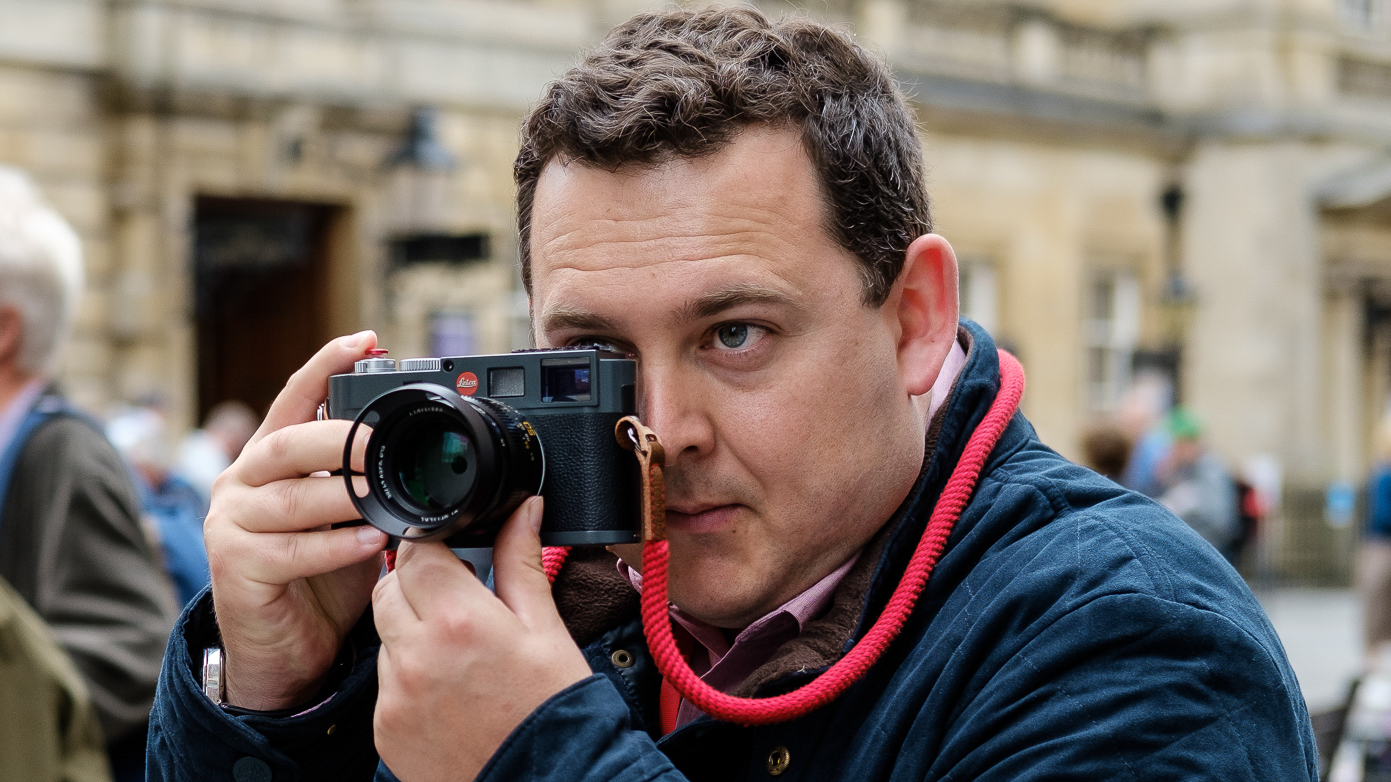
Rather than relying on IBIS, photographers should focus on mastering their craft. Learn how to brace your camera properly, understand your shutter speed limitations, and embrace the occasional imperfections that make an image feel organic.
Photography should not be about automation; it should be about intent. IBIS is a tool, not a crutch, and its absence should not be seen as a dealbreaker for a camera. Instead, it should serve as a reminder that skill and technique will always matter more than technology.
The industry’s obsession with stabilization is just another symptom of modern convenience culture, where features take precedence over fundamentals. The GFX 100RF is an outstanding camera, IBIS or not. If anything, its release should encourage photographers to step outside their comfort zone and rediscover the joy of truly controlling their shots.
Because at the end of the day, the best images are not the sharpest ones – they are the ones that make you feel something.
You may also like…
Take a look at the best Fujifilm cameras, which features some of the best medium format cameras.
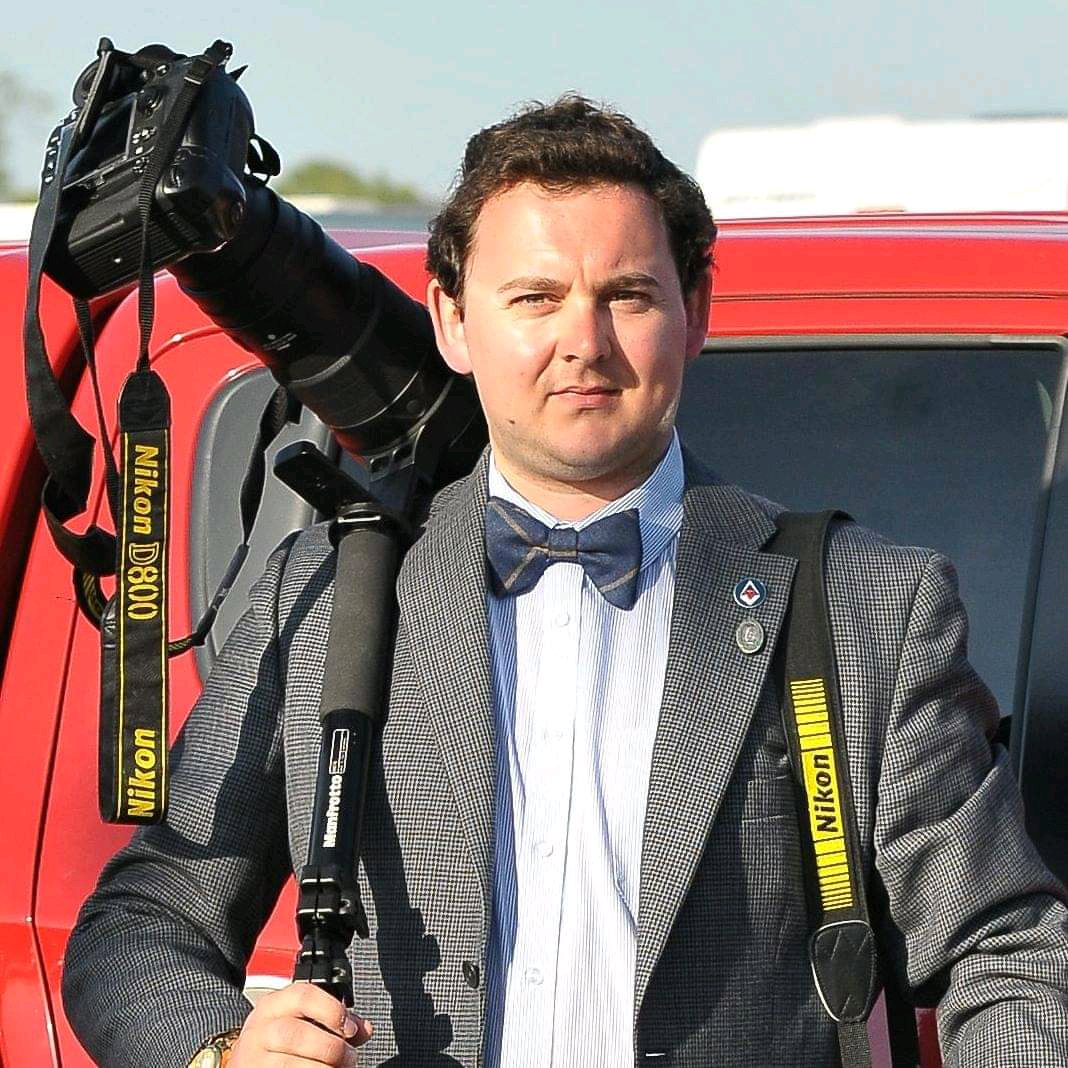
For nearly two decades Sebastian's work has been published internationally. Originally specializing in Equestrianism, his visuals have been used by the leading names in the equestrian industry such as The Fédération Equestre Internationale (FEI), The Jockey Club, Horse & Hound, and many more for various advertising campaigns, books, and pre/post-event highlights.
He is a Fellow of the Royal Society of Arts, holds a Foundation Degree in Equitation Science, and holds a Master of Arts in Publishing. He is a member of Nikon NPS and has been a Nikon user since his film days using a Nikon F5. He saw the digital transition with Nikon's D series cameras and is still, to this day, the youngest member to be elected into BEWA, the British Equestrian Writers' Association.
He is familiar with and shows great interest in 35mm, medium, and large-format photography, using products by Leica, Phase One, Hasselblad, Alpa, and Sinar. Sebastian has also used many cinema cameras from Sony, RED, ARRI, and everything in between. He now spends his spare time using his trusted Leica M-E or Leica M2, shooting Street/Documentary photography as he sees it, usually in Black and White.
You must confirm your public display name before commenting
Please logout and then login again, you will then be prompted to enter your display name.
